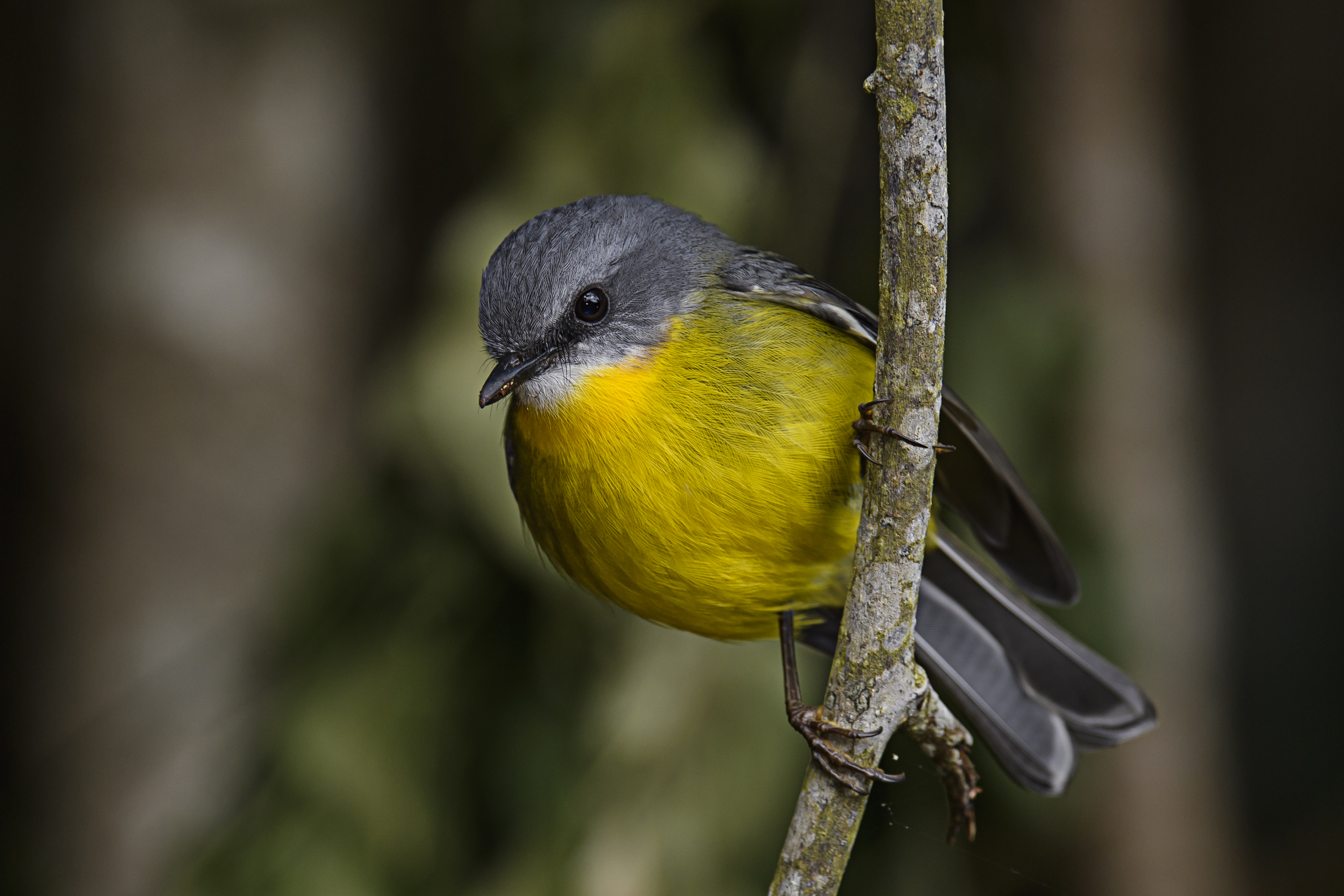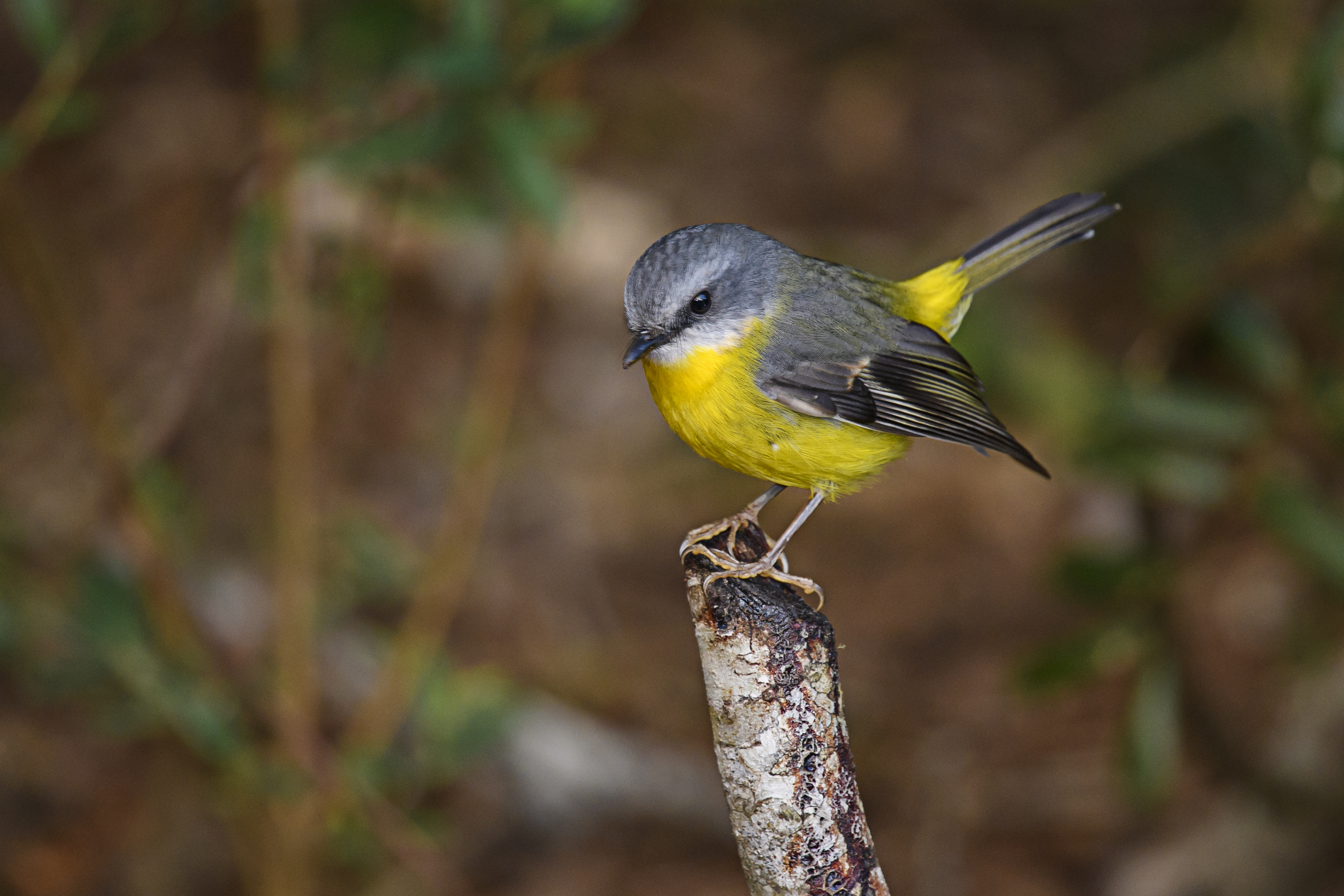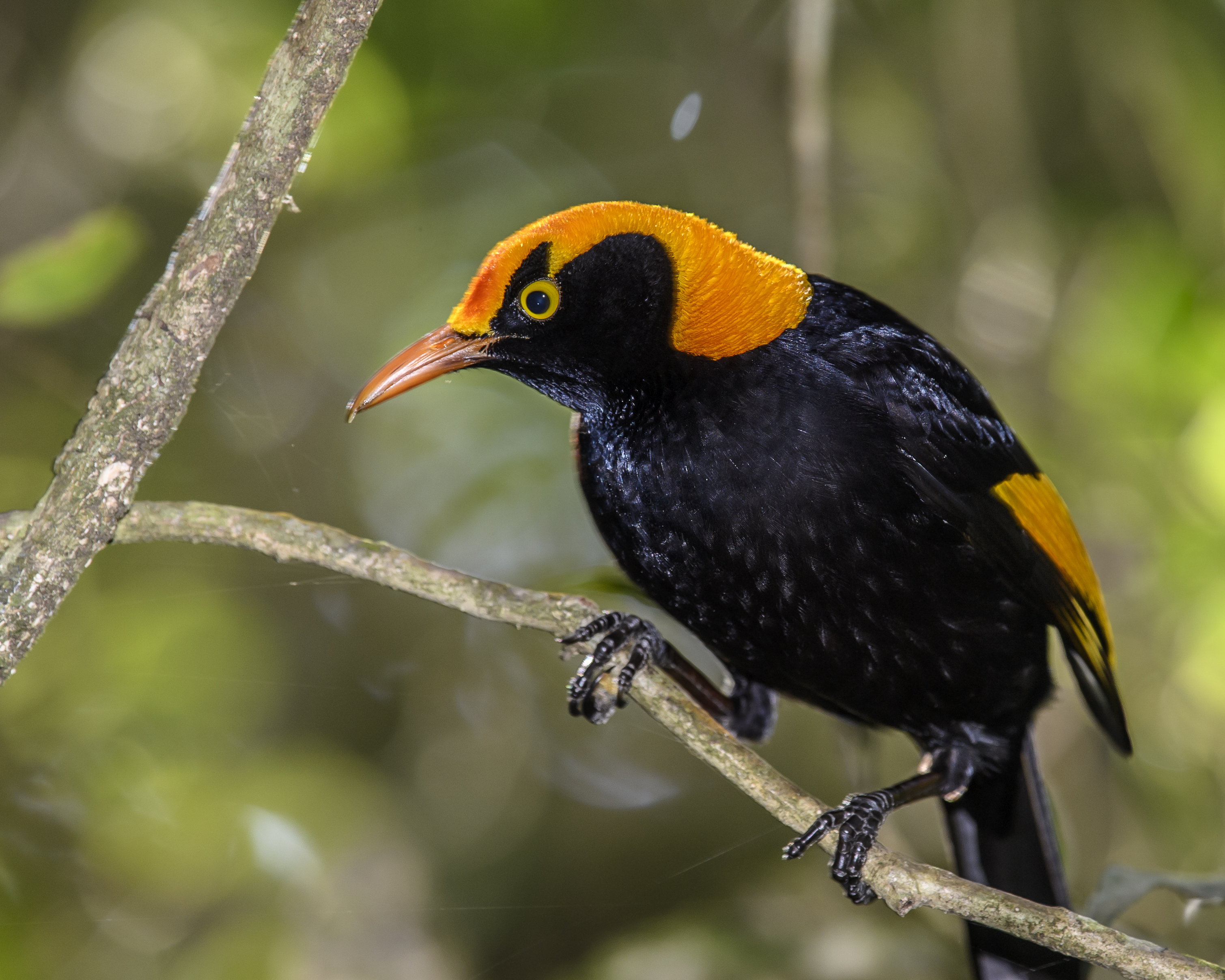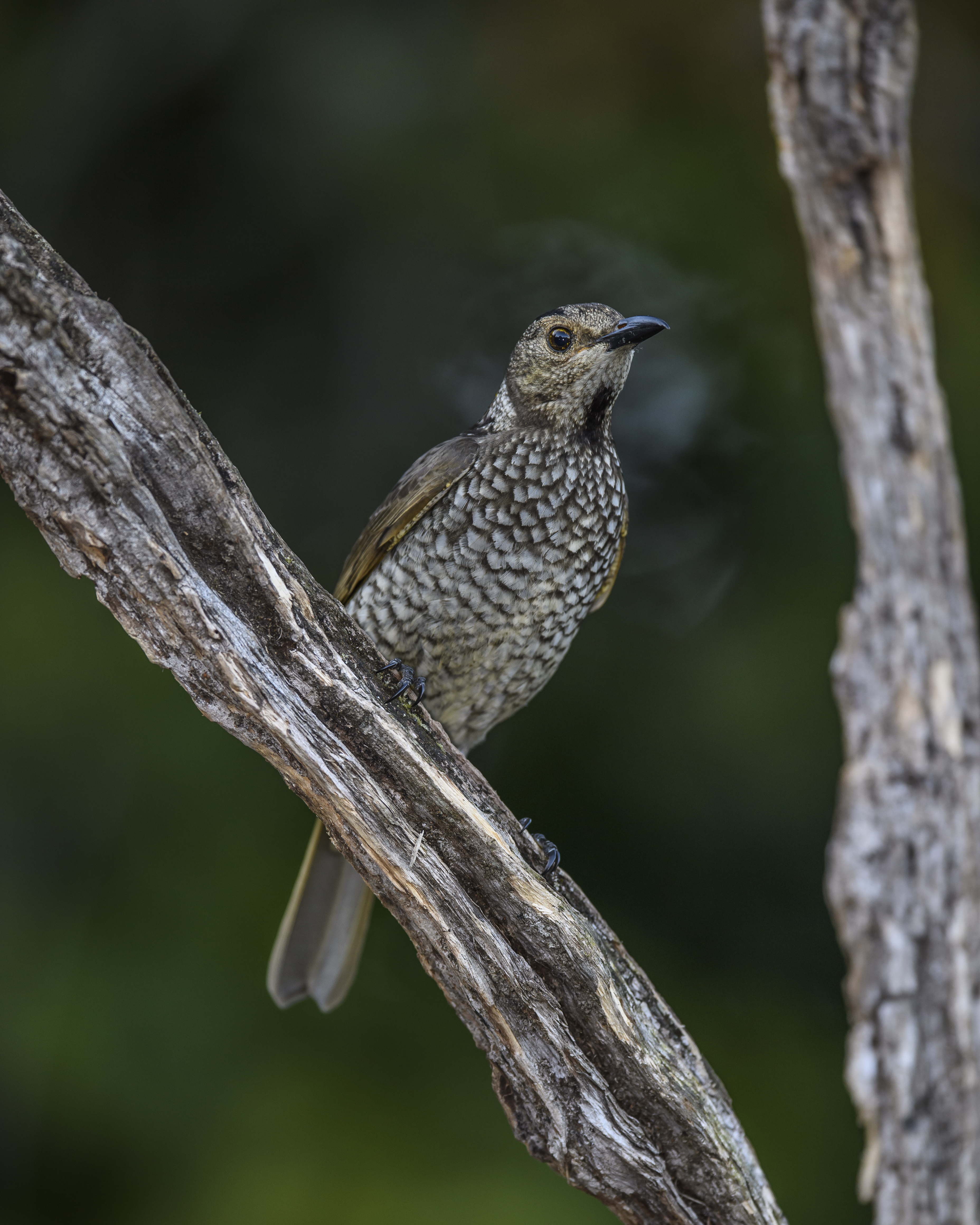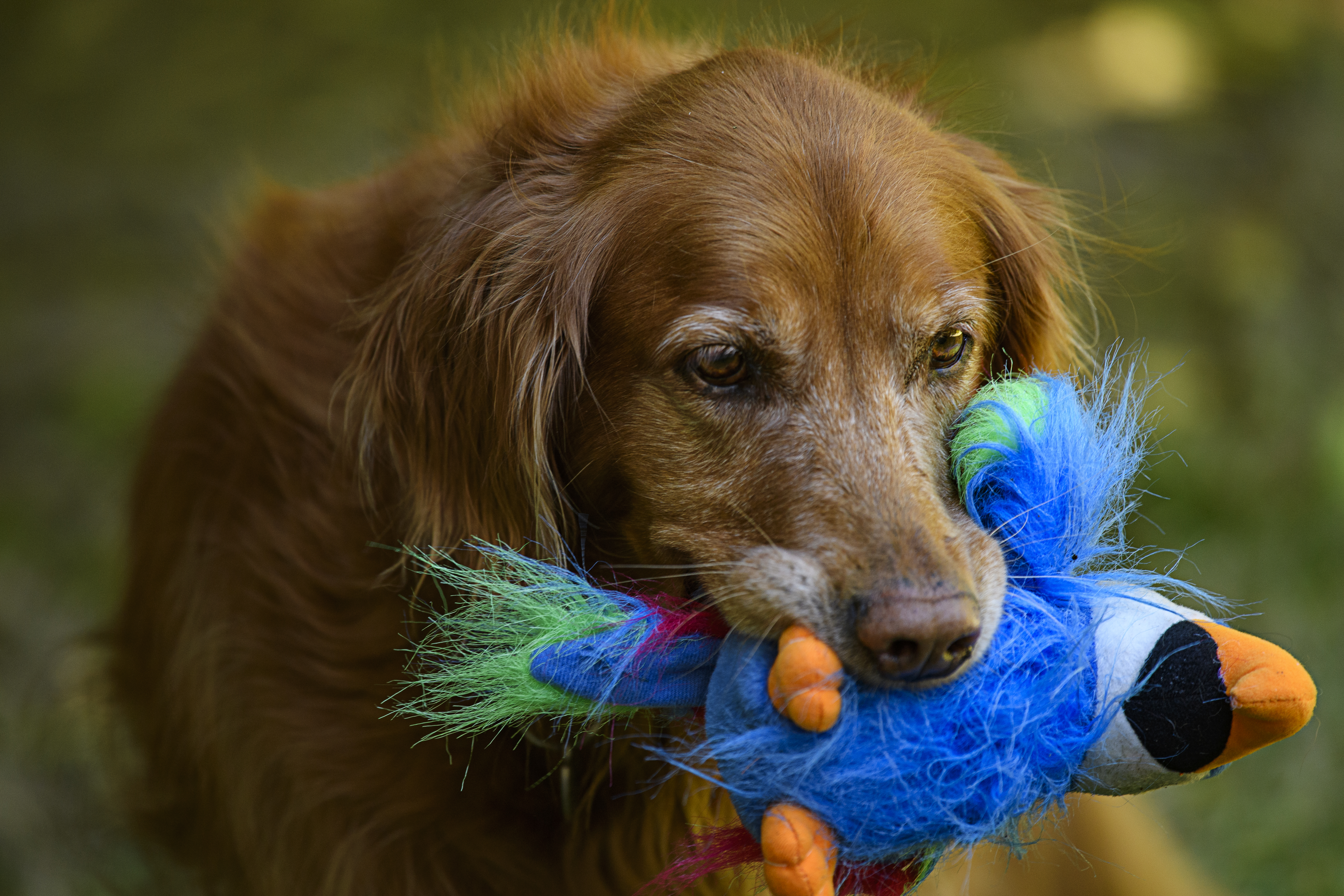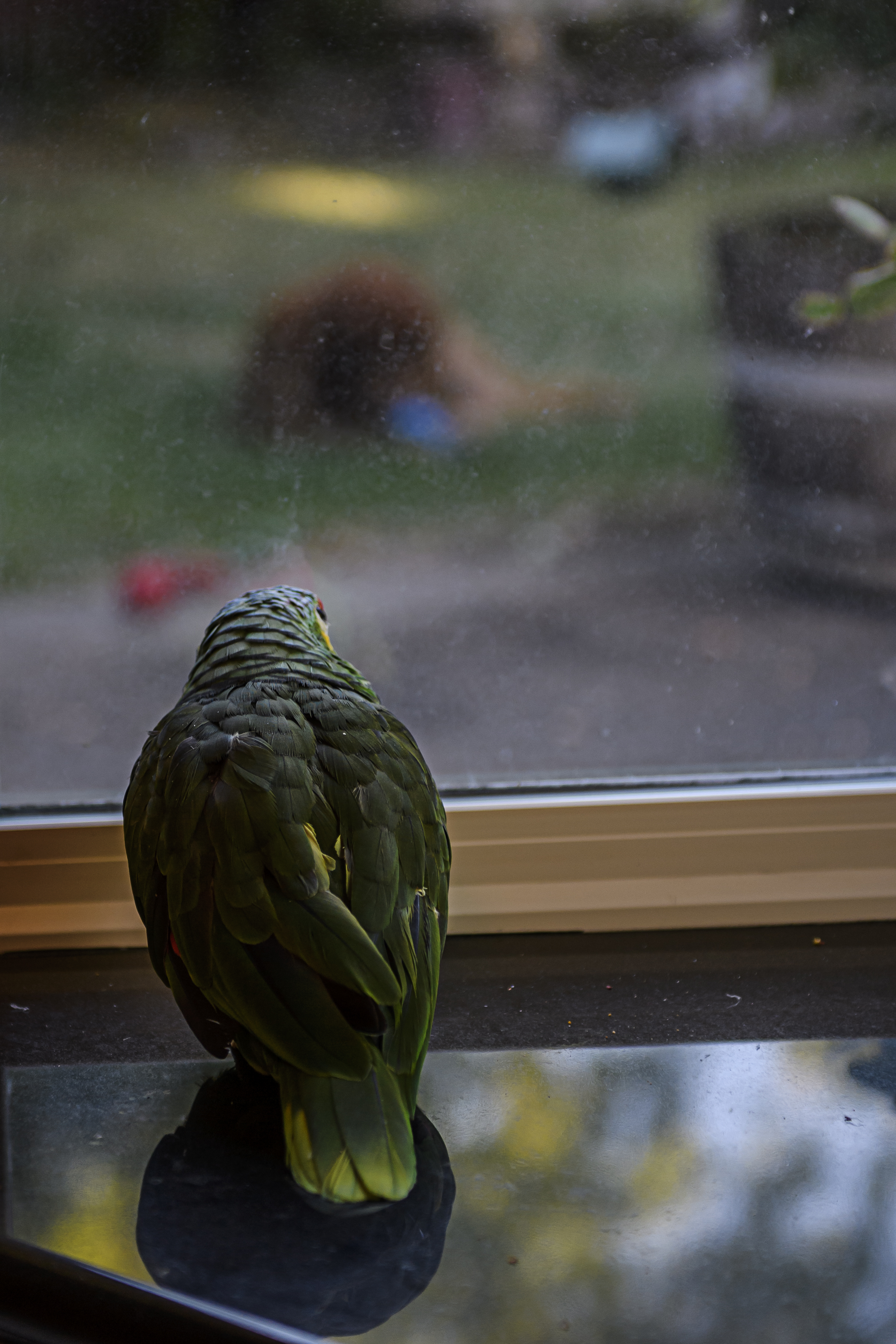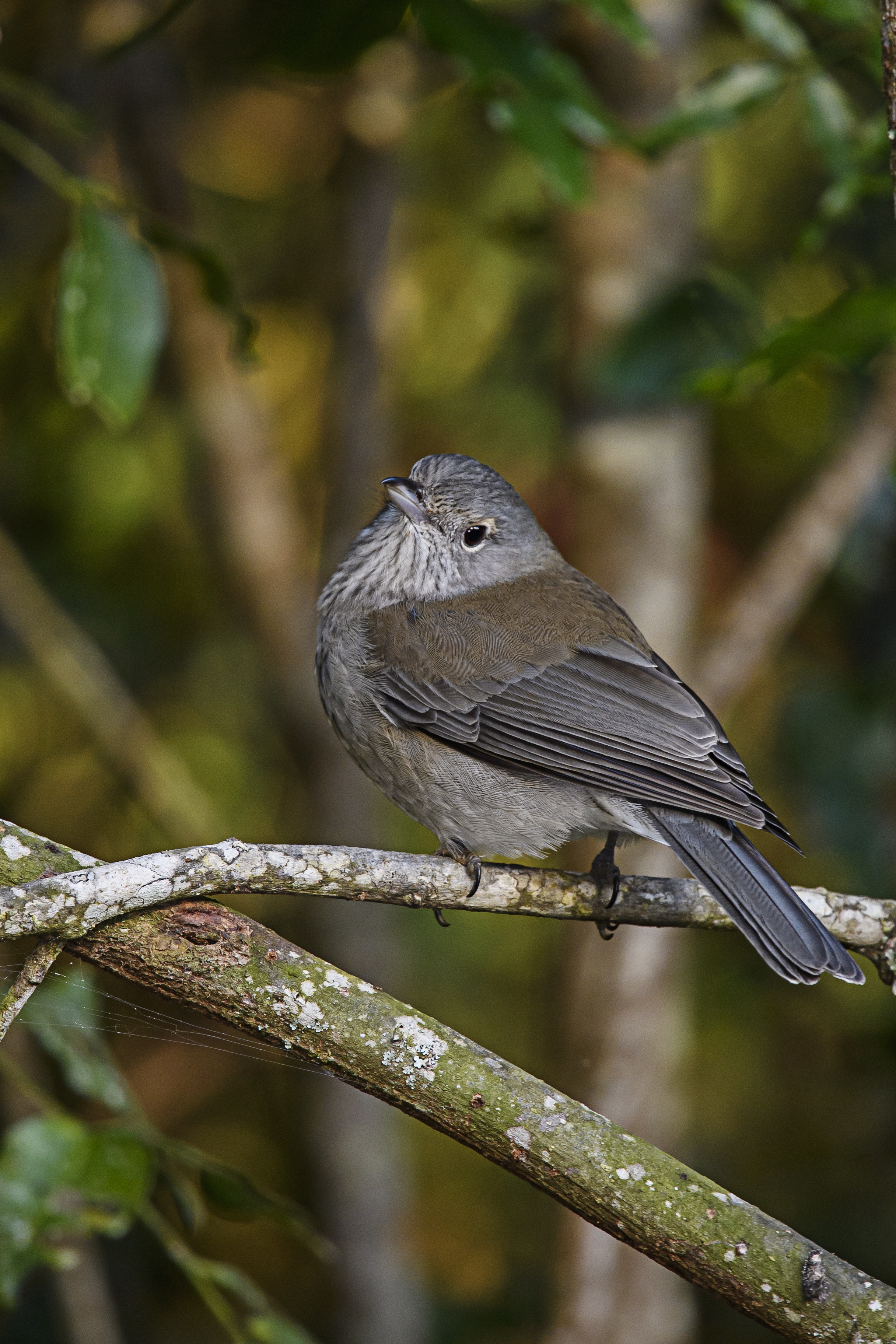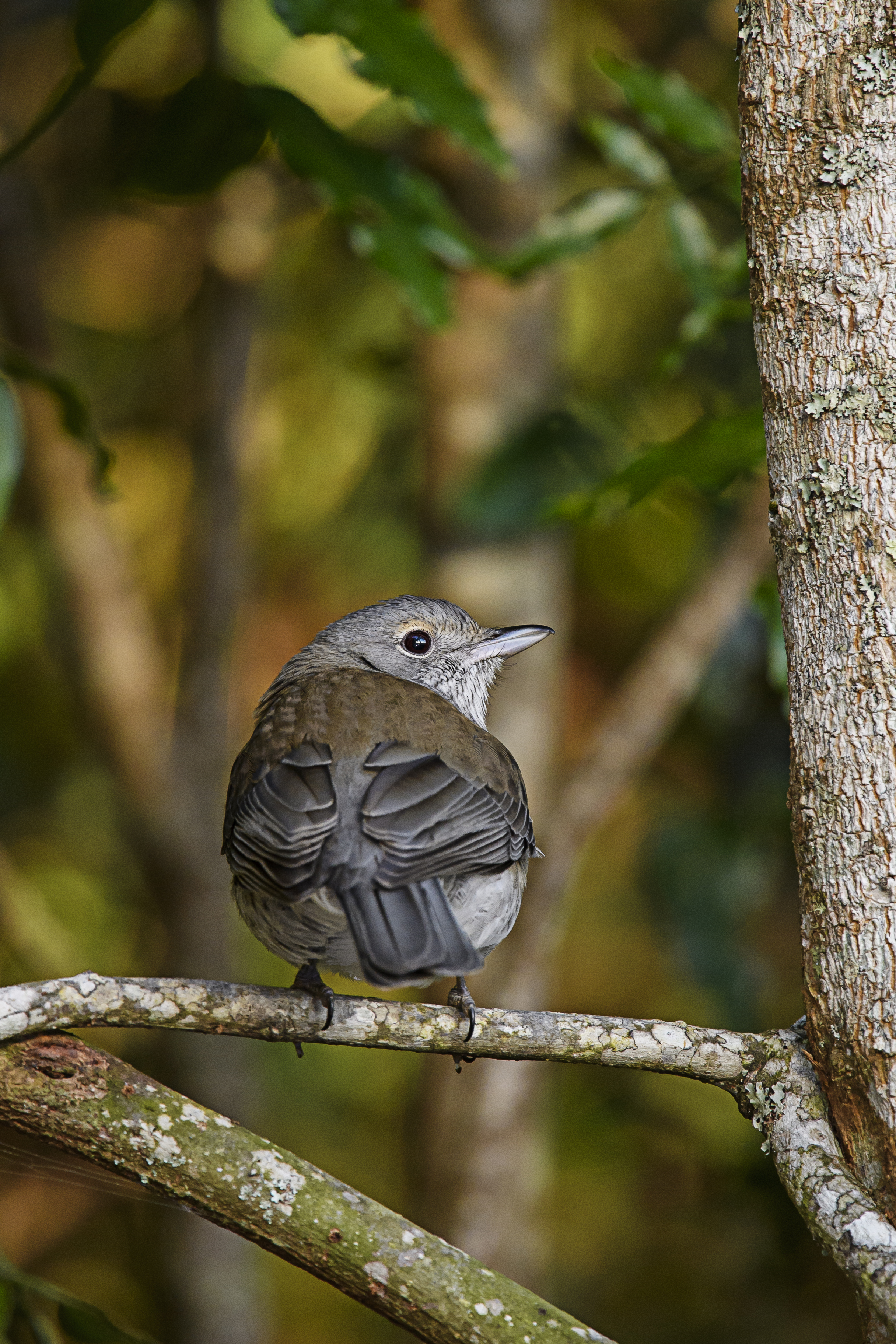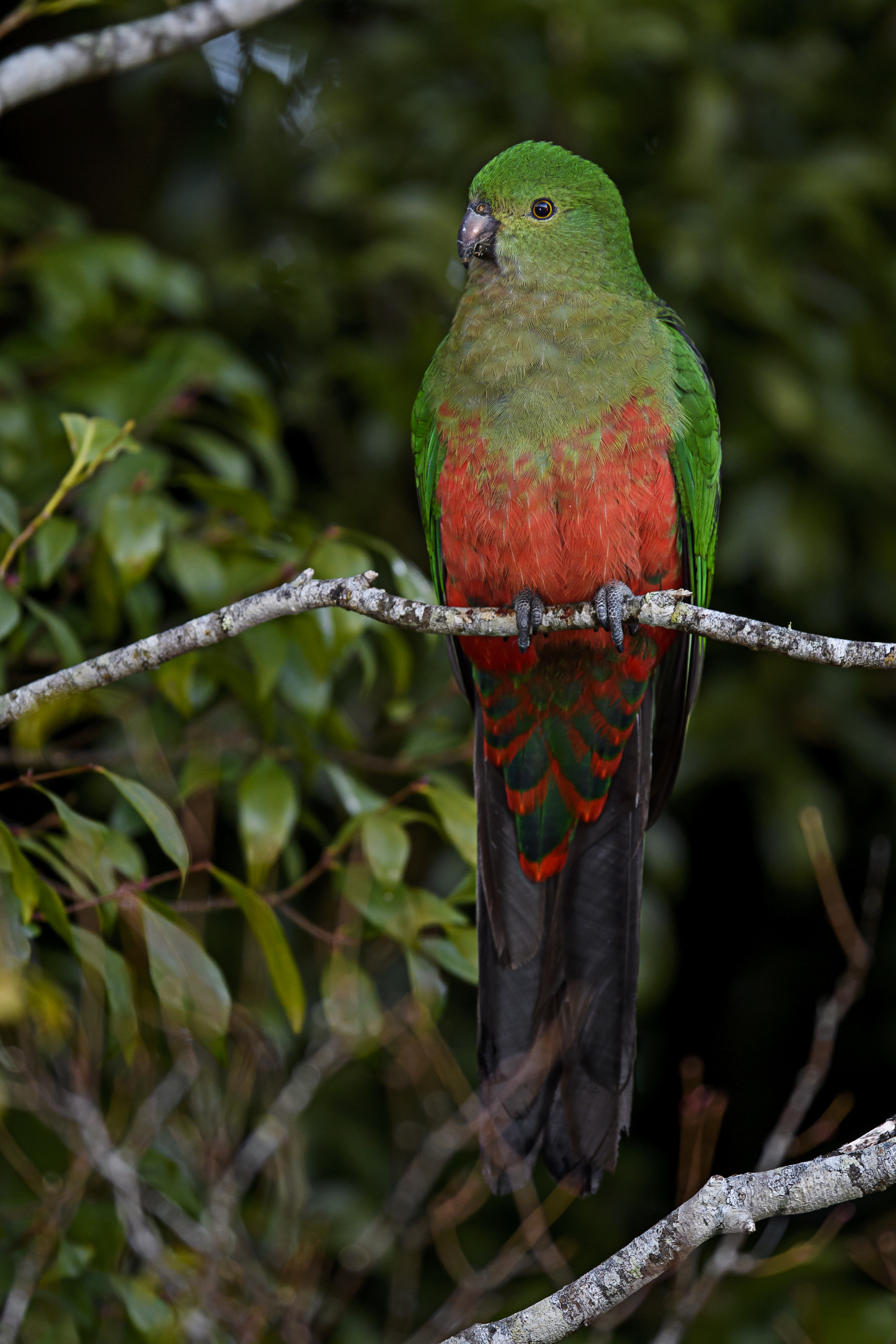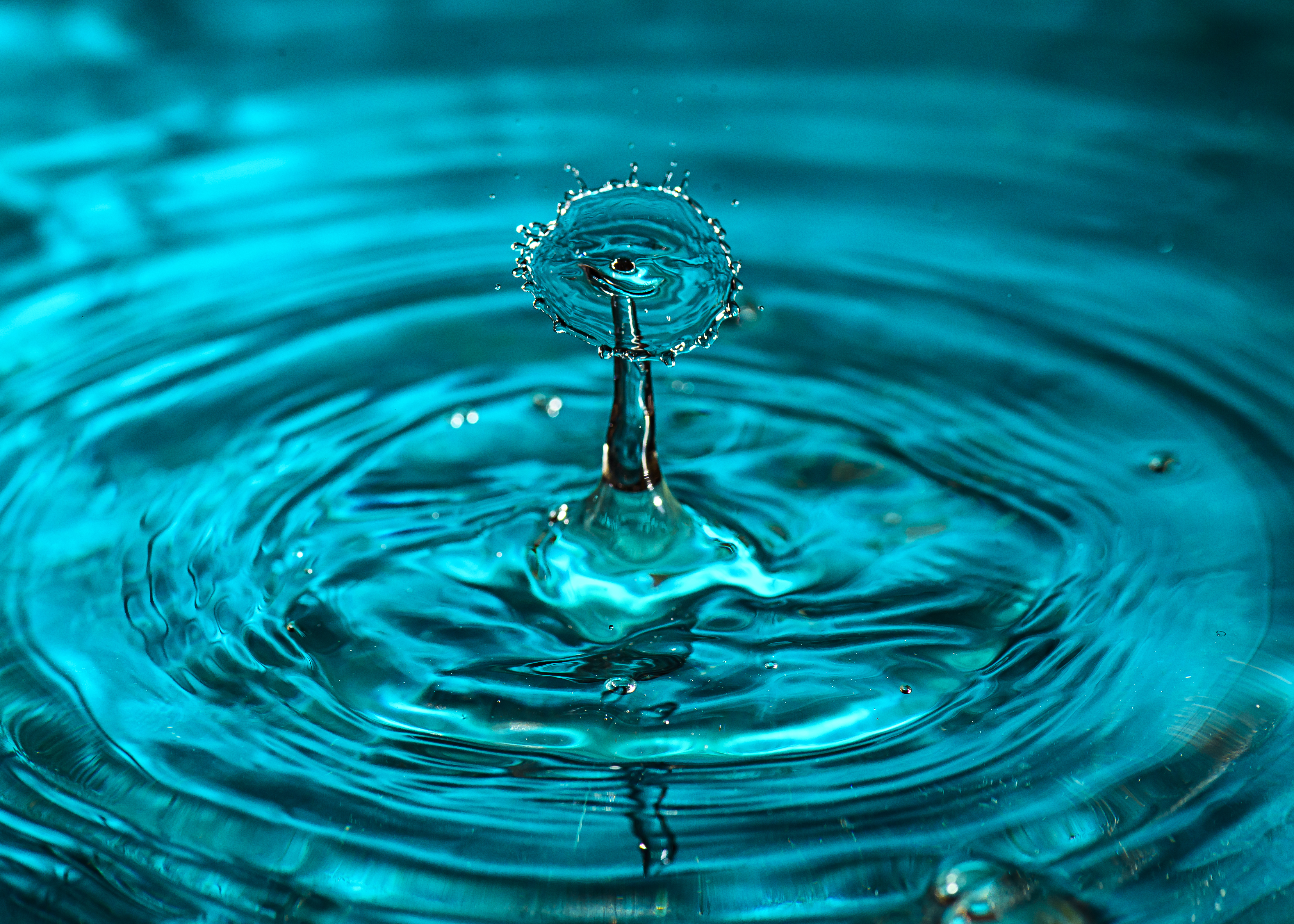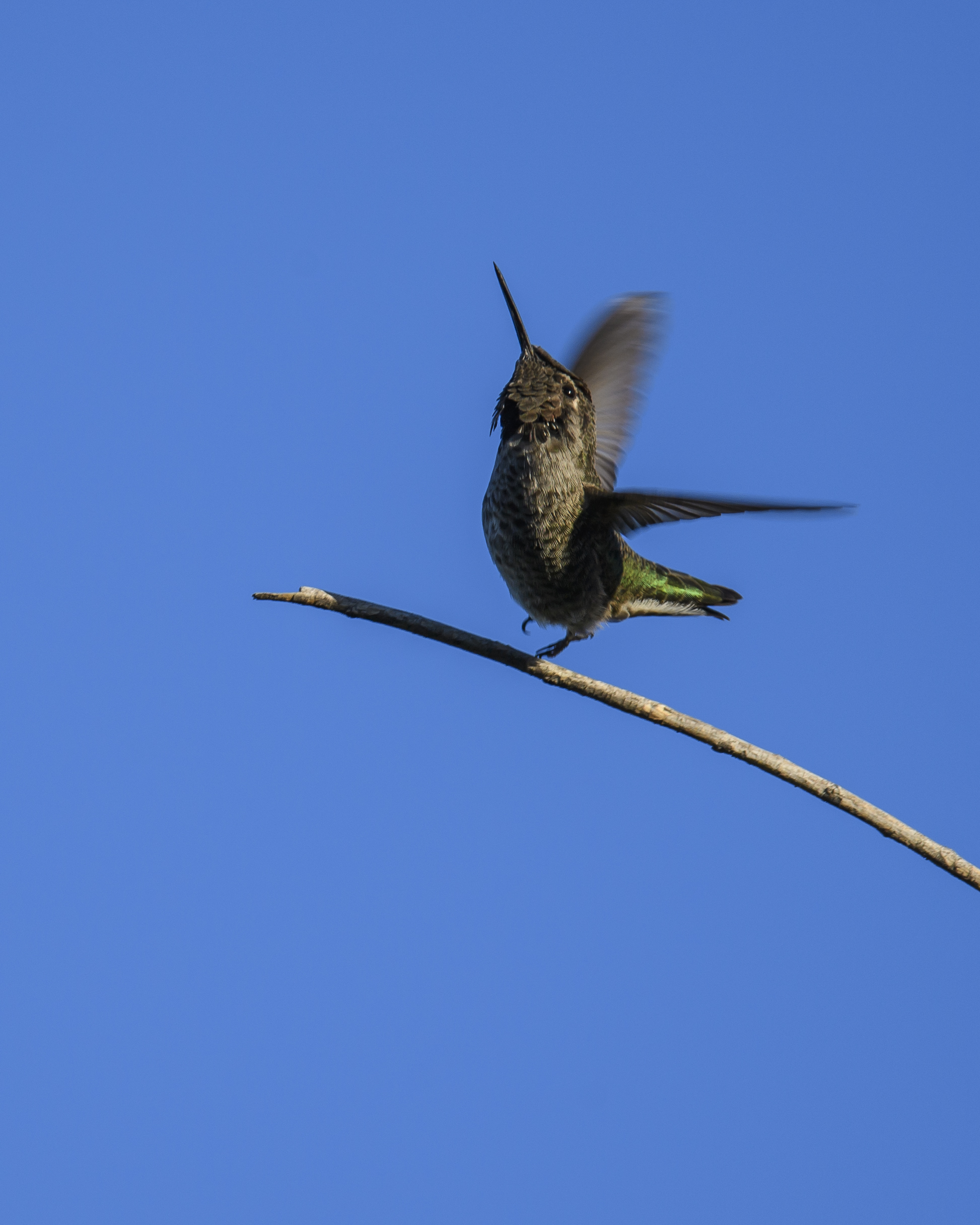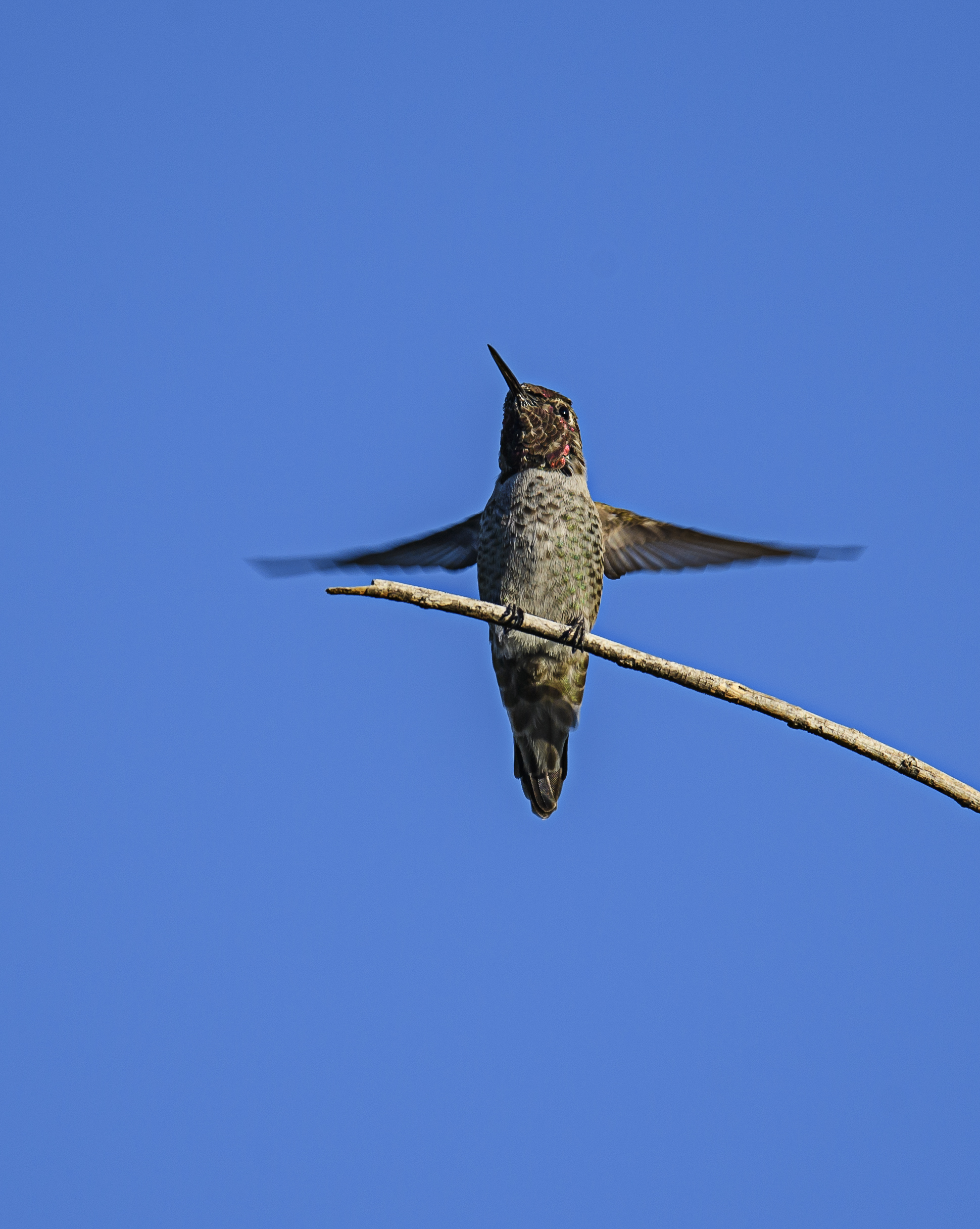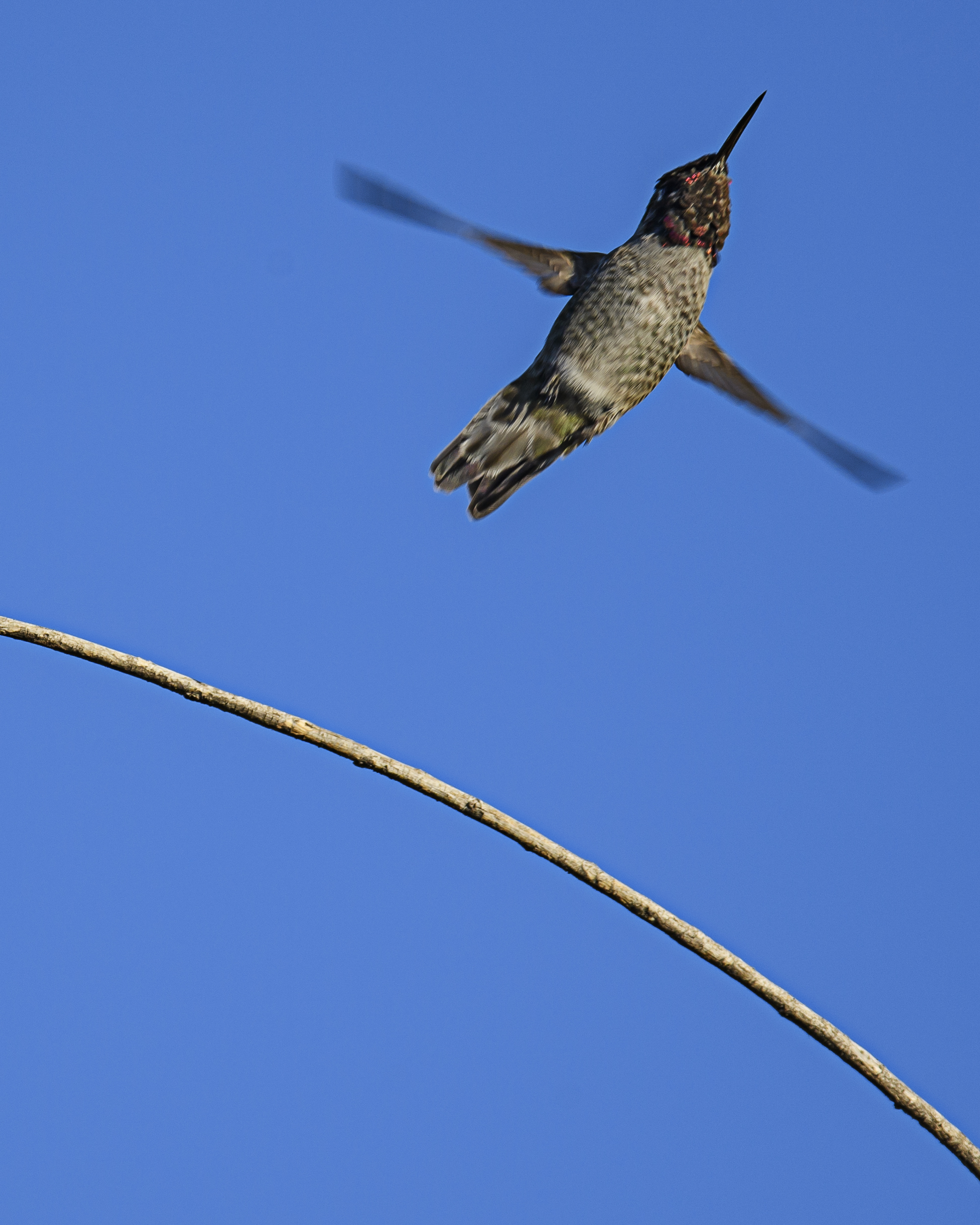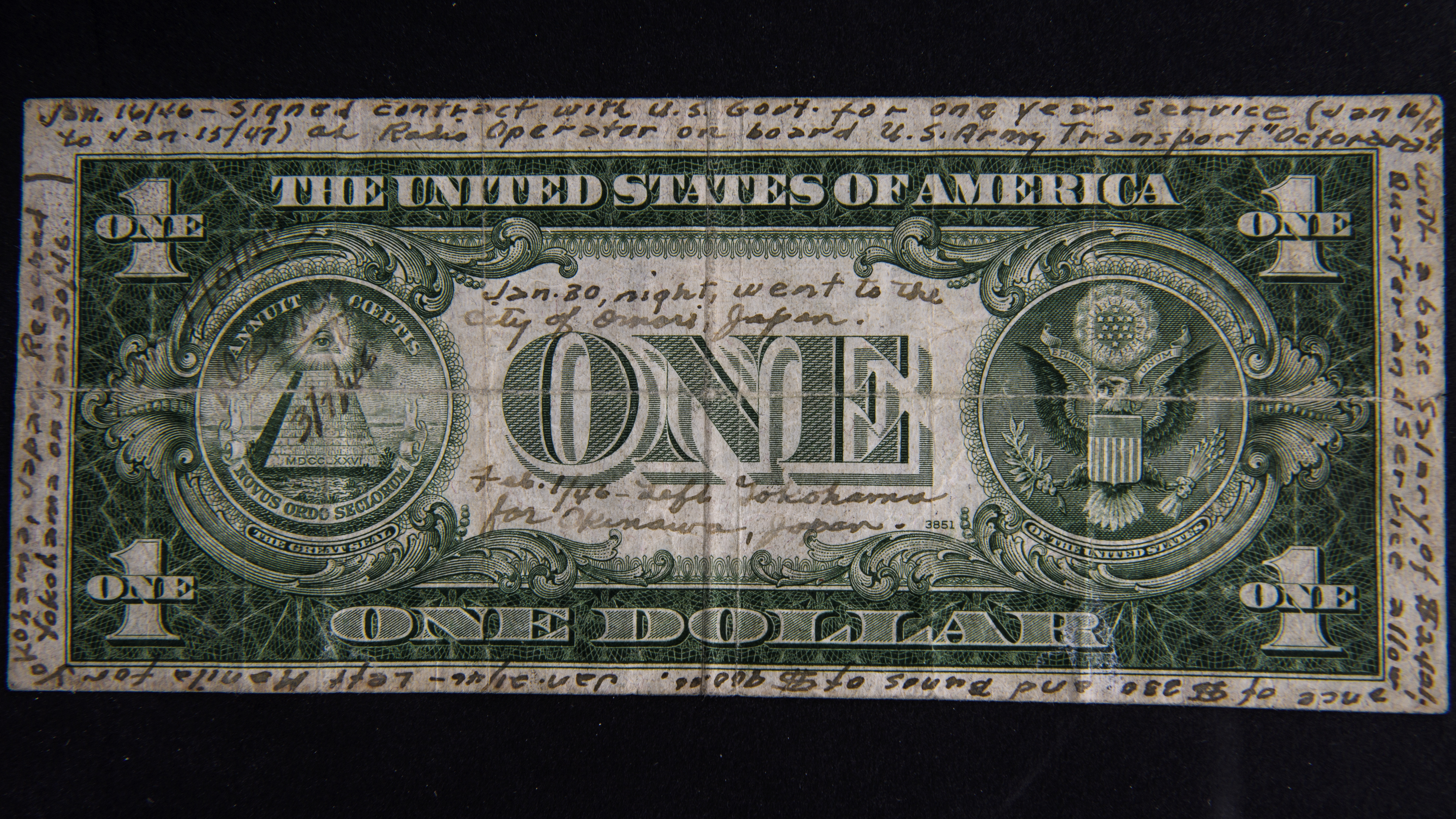Today marks the 2000th post I’ve made to the blog—hence the title MM. When I started In Focus Daily on January 1, 2011, I never expected to still be blogging six years later. I have missed posting a few days here and there but on some days I posted more than once. Over time I think I have improved as a photographer and I’m convinced the main reason is that I take photographs every day and challenge myself to try new and different types of photography. The blog itself has evolved into more than just random photographs. On some days, it is more of a journal with musings about my life; sometimes it serves as a travelog; often it recounts my photography struggles and frustrations; and it has become a running pictorial for my love of birds. It is never a chore and it is such an integral part of my routine that it is second nature to post to it and to share my photographs.
I looked back over my 1,999 previous blog posts and, by far, there are more photographs of birds than anything else in my blog. How fitting, then, that the 2000th post features not just a bird, but one of my favorites: the Anna’s hummingbird. I took this shot standing inside the house through the open patio door about 12 feet away from the feeder while the hummer moved around the feeder. I was practicing using a button I’d preset to allow me to instantly switch between focus modes. I generally shoot in Group Area Auto Focus mode, something new to me with the Nikon D5, a mode not available on my other cameras. But sometimes, it is important to be able to quickly switch to another focus mode without taking my eye away from the viewfinder or my finger from the shutter release. The D5 has lots of programmable buttons for this very purpose. So, my Fn1 button is set to switch to Auto Area AF. As I grip the camera with my right hand, my index finger on the shutter release, my other fingers easily reach the three programmed buttons located on the face of the body between the grip and the lens. It didn’t take much time to train myself to find the proper button by feel. Auto Area AF locks onto the subject and keeps it in focus as it moves across the frame, something critical to keeping flying birds in focus. Nice!

